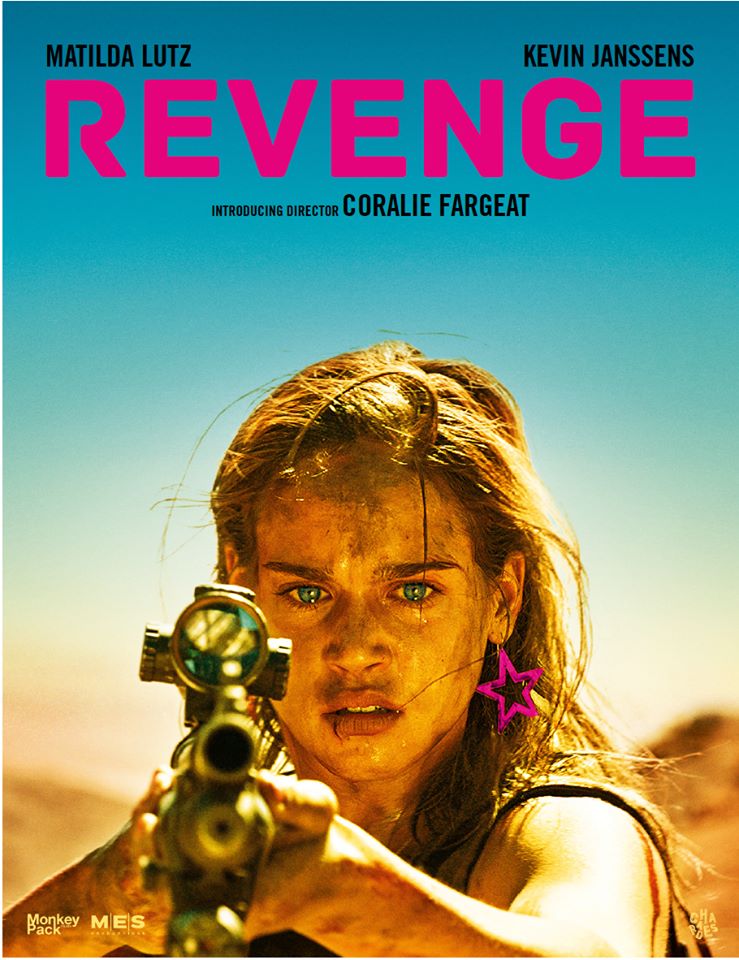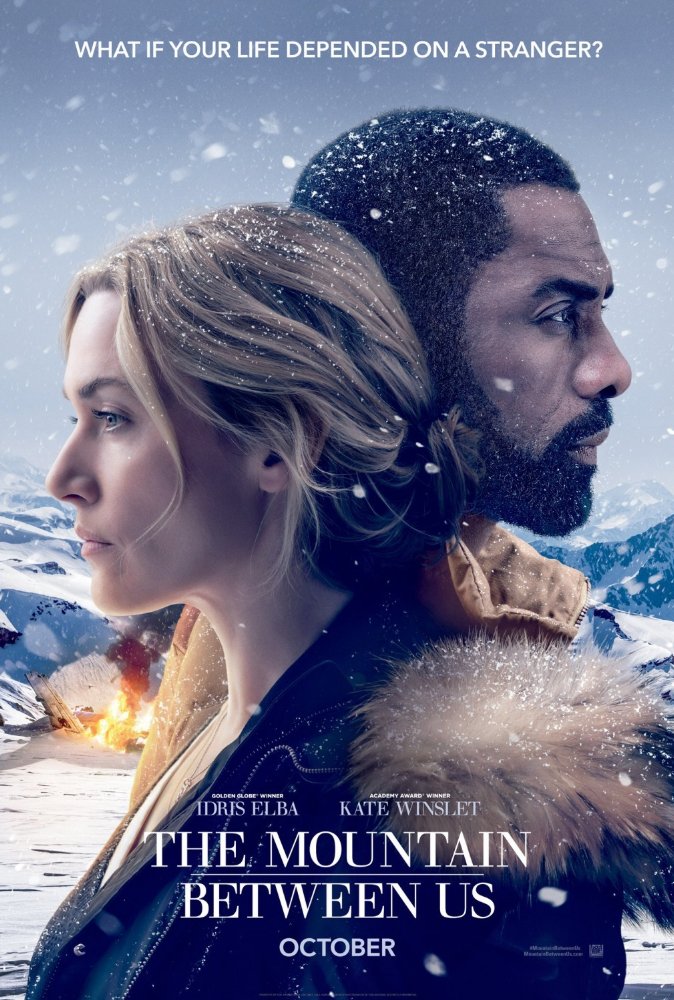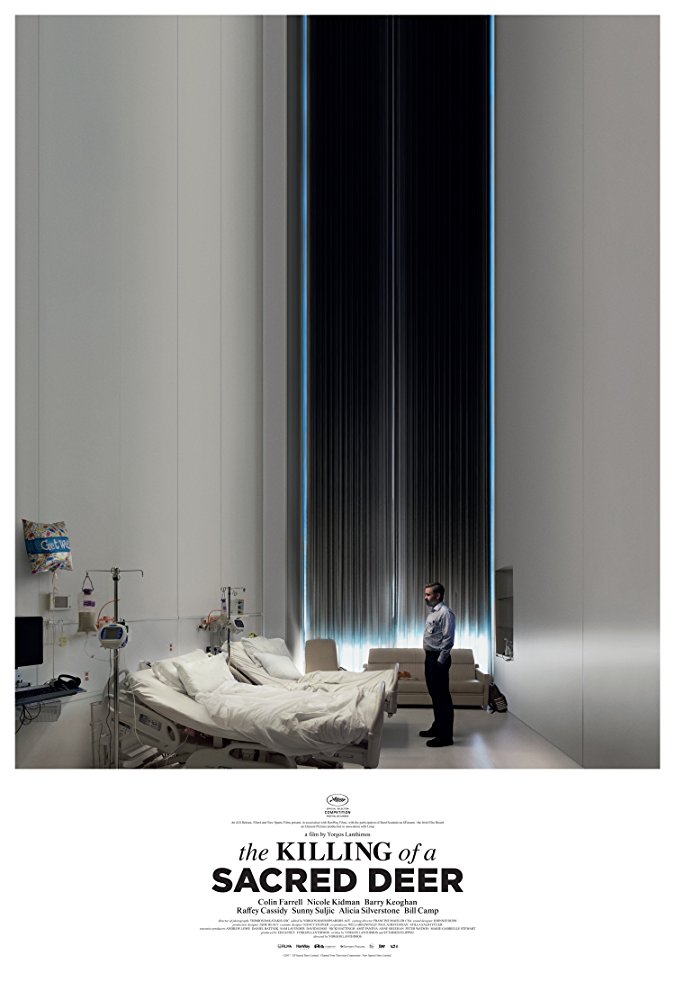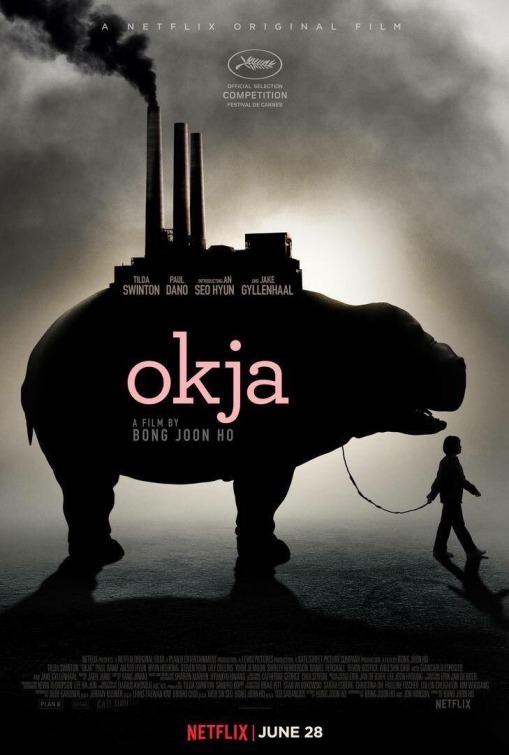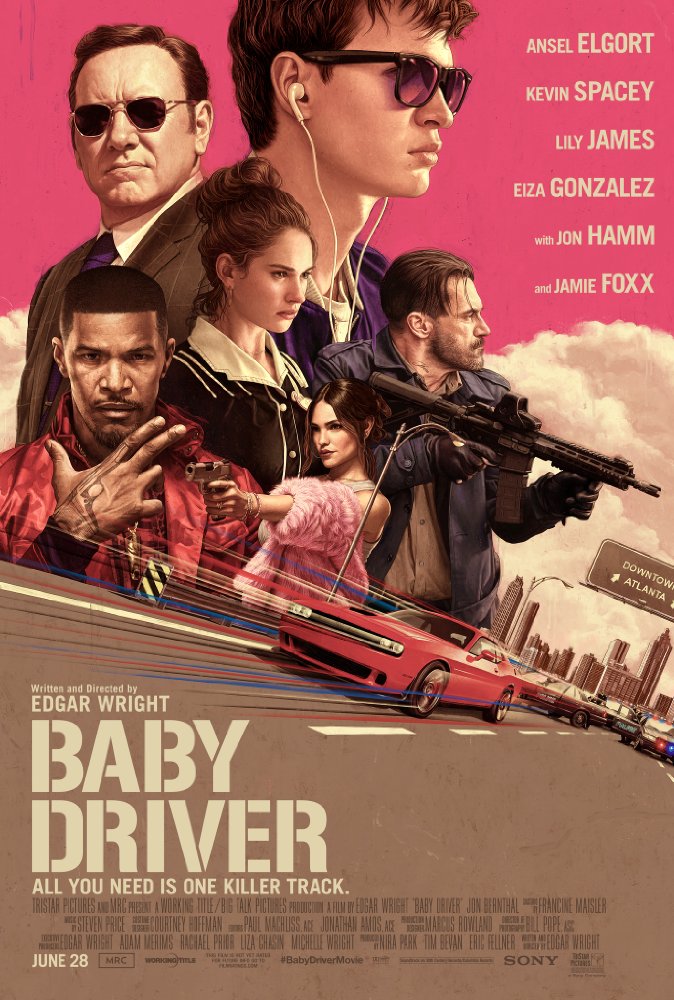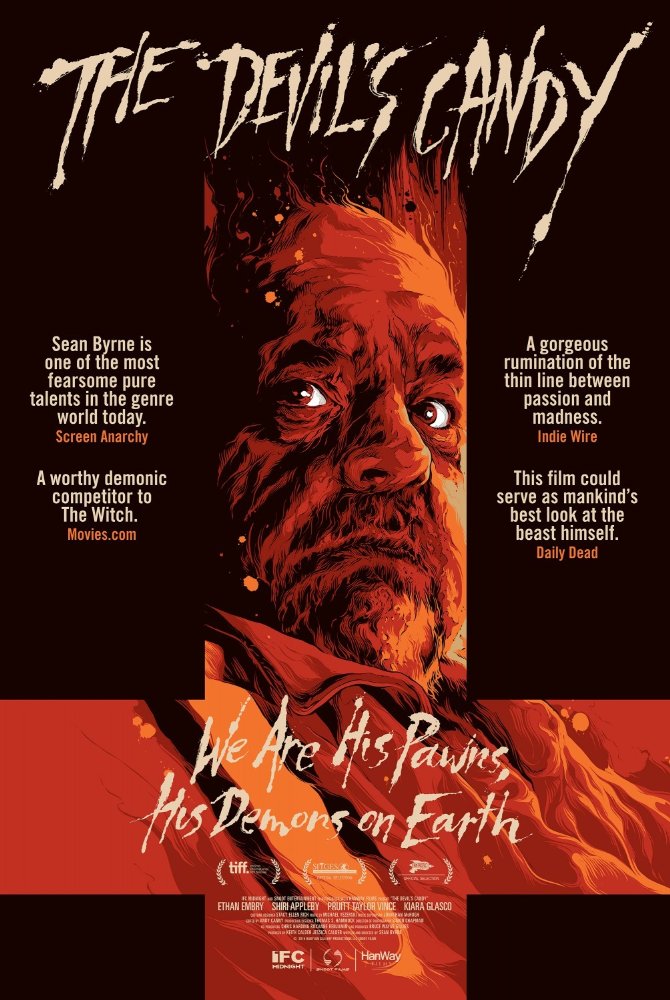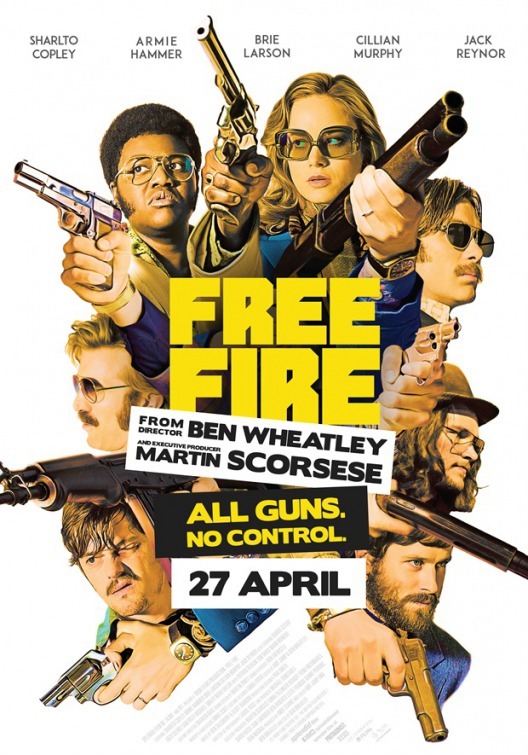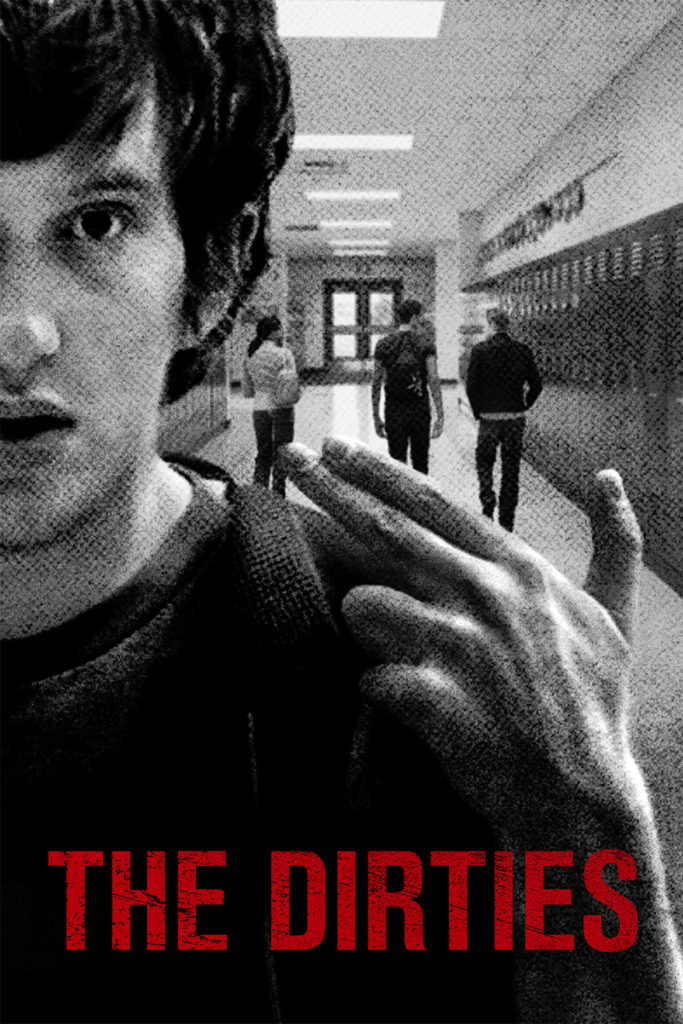TIFF 2017: Downsizing
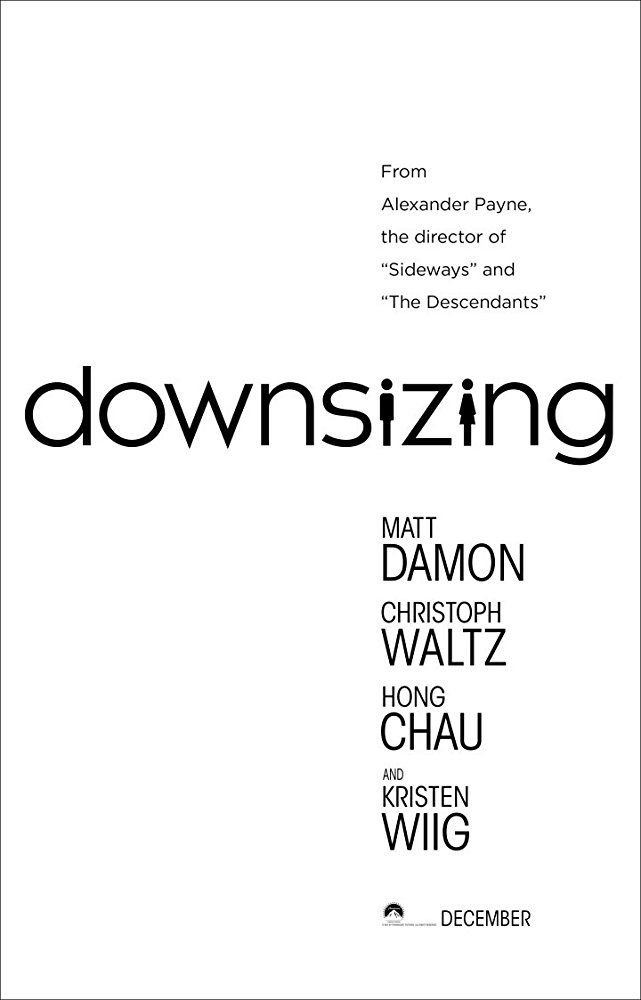

The latest from Alexander Payne (Citizen Ruth, Election, Sideways) is a bit of a departure in that it takes a high concept sci-fi premise as its starting point. However, the film that follows from it, a social-issue satire featuring a midwestern white male’s mid-life crisis, will feel familiar to fans of his previous movies. The premise, an eponymous procedure that shrinks people to 5 inches tall, in an effort to save the environment, gives aforementioned white male Paul Safranek (Matt Damon) the opportunity to start again as a rich person – as everything costs less when it’s tiny, people are “downsizing” and then retiring early to bubble communities of like-sized people. But things go wrong, as they do in movies. The procedure works, but Paul doesn’t wind up rich – instead he winds up cleaning houses with ex-activist Ngoc Lan (Hong Chau), befriending grey-market importer-exporter Dusan Mirkovic (Christoph Waltz), and generally discovering how the world really works, and his place in it.
The visual irony of the film is that once Paul is shrunk down and living in Leisureland Estates, it is optically indistinguishable from being big. Payne uses this to deploy sight gags when large objects show up in a scene – he just lets you forget about it, and then there’s another one. That and the sharp yet compassionate satire make for a relentlessly funny film. The consequences of the “downsizing” premise are well thought out, and the world presented recalls societal shifts of years past (colonization, growth of US suburbs) while considering many perennial topics (inequality, the environment). Ultimately it imagines a choice for affluent developed-world people: cash out and retreat from the world, or engage with it, even if it is doomed.

